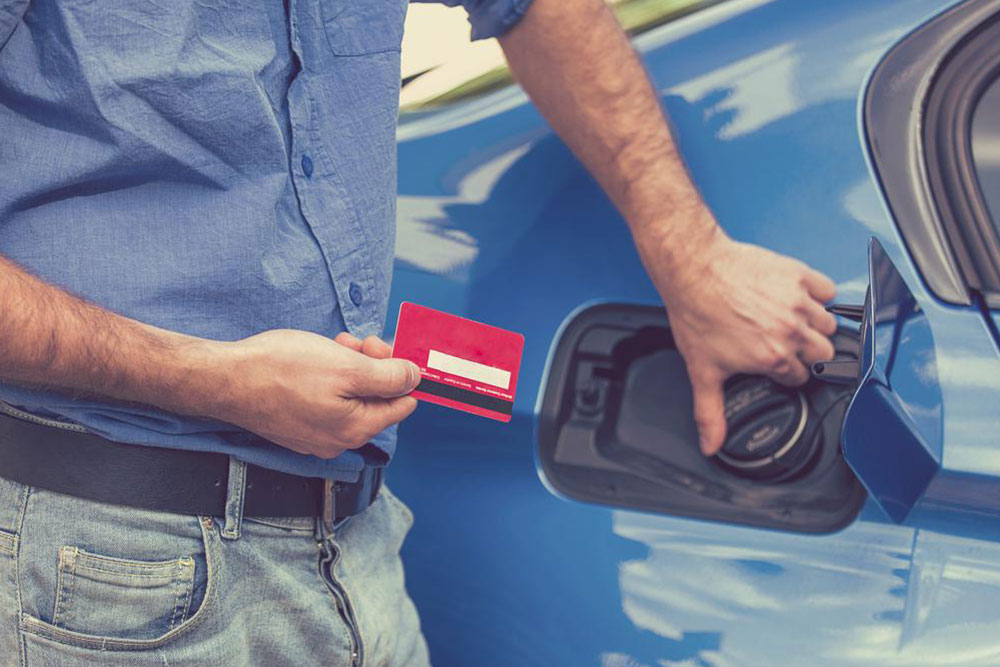An insight into the workings of gas cards
What is a gas card?
A fuel card, otherwise called a gas card or fleet card, is a card used to pay for fuel at gas stations. They are provided both by oil brands like Shell or ExxonMobil and by companies that specifically specialize in this. Some of these companies include Edenred, Fleetcor, Fuelman, and Fleetcard. If a fleet owner or manager so decides, fleet cards can also be used to pay for maintenance of a vehicle and other vehicle-related expenses.
History of gas cards
In the United States, gas cards first came into use in the 1960s. The first of its kind resembled a credit card with the name of the customer and the logo of his company on it, and the cashier would have to note down a customer’s name and company information to validate the card.

What benefits do gas cards provide?
Depending on the gas card and the provider, security benefits may differ from card to card. However, the most common security benefits of gas cards include cashless transactions, a chip-and-pin protection, detailed invoices with transactions of each card itemized, online facilities to stop transactions on a card anytime of the day or night, transactions restricted to gas-related products, the facility to report unusual transactions and a reduced occurrence of credit card skimming.
Though gas cards look a lot like credit cards and use similar technology, they are quite different in their function and implementation. For instance, their rolling balance is not cleared every month, they have shorter payment terms, they allow for customized transactions, the user is liable for fraudulent transactions, and payment terminals are different from those used for credit or debit cards.
Where to get gas cards?
Gas cards are easy to obtain. You can buy them at a gas station, you can buy them online, you can buy them at a store, or you can order them online.
Best gas cards 2017
Some of the best gas cards available today include:
Blue Cash Preferred Card from American Express which has one of the most coveted gas rewards programs with 3% unlimited cash back at U.S. gas stations, 6% cash back on supermarket purchases up to $6000 a year, and 1% unlimited cash back on every other purchase. You also get a sign-up bonus of $150 in cash if you spend $1000 in the first three months, a 0% purchase and balance transfer APR for a year, and a few fringe benefits like entertainment events exclusively for cardholders. Also, you would be eligible for a compensation of up to $300 per item for merchant rejected, attempted returns. It has an annual fee of $95, though.
Discover it Chrome which gives 2% cash back on gas and dining purchases in the U.S. for up to $1000 every four months. It is recommended you use this less often at restaurants to make the most of the gas purchase cash backs. For every other purchase, you get an unlimited cash back of 1%. It does not have a sign-up bonus though it does have the double cash back incentive for the first year. It neither has an annual fee nor a foreign transfer fee but has a balance transfer of $3 and a late payment fee that can go up to $35. You get a FICO score for free every month with it, and if you miss your first payment, you do not have to pay a late payment fee.
Chase Freedom which has a 5% cash back offer on gas purchases up to $1,500 in the first quarter of every year. It also has an unlimited 1% cashback offer on all other purchases. It does not have an annual fee, and you can redeem for a minimum amount of $20. You get a sign-up bonus of $150 if you make purchases for $500 in the first three months and another $25 for a single purchase of $500 in the same three months. Here is no annual fee and balance transfers cost $5. It has an insurance product that covers all purchases you make on the card up to 120 days. You can claim $50,000 per account at $500 per claim.
Other good gas cards include Discover it, PenFed Platinum Cash Rewards Plus, PenFed Platinum Cash Rewards, Citi ThankYou Premier Card, Chase Ink Business CashSM Credit Card, U.S. Bank Business Edge Cash Rewards World Elite MasterCard, Chevron and Texaco Techron Advantage Visa Card and Sunoco Rewards Credit Card. Each of these come with cash back offers and added benefits that make them attractive and effective.
Given that gas is a necessary expense for most of us, research well into the kind of card that suits you the best before you make a purchase.

